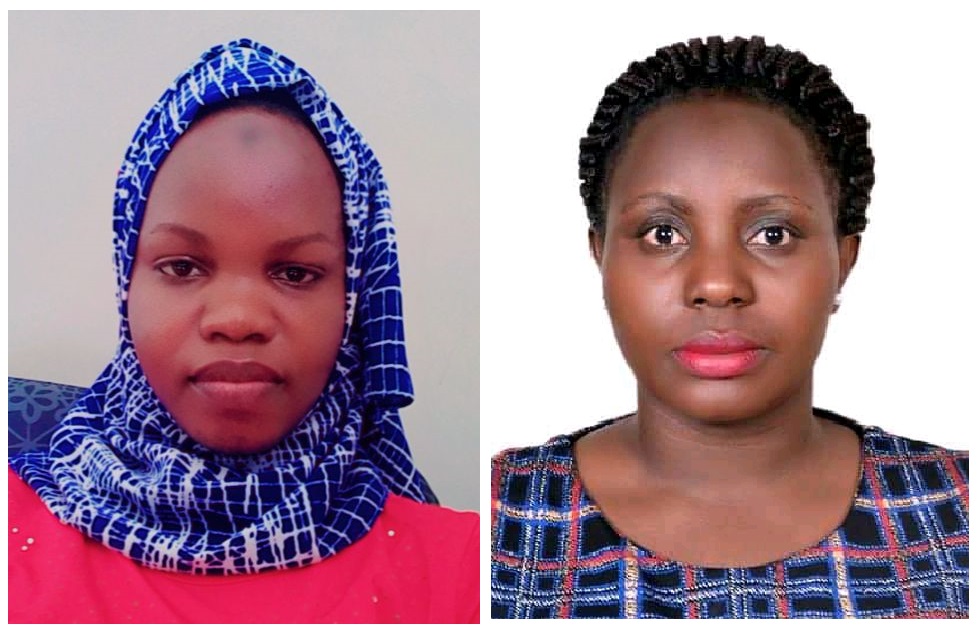A few months back while we were on duty at a certain hospital, we received a male client who narrated to us that he had brought his pregnant wife for antenatal care services. The man added that previously, he had convinced his wife to go for antenatal care services, but he realised she would dodge. We welcomed the couple, and took them through the package for antenatal care including performing baseline investigations such as HIV, syphilis, malaria, blood grouping, hepatitis B, urinalysis, random blood sugar and ultrasound scan if possible, among others.
Fortunately, the woman consented for all these tests, while the spouse went for an HIV test and hepatitis B. Well, results came out and showed that a woman was HIV positive while the man was negative. There was commotion for some time at the facility to which we tried our level best to settle. One major concern the man had was that the HIV-positive wife would give birth to HIV-positive children.
Globally, an estimated 1.3 million women and girls living with HIV become pregnant each year. In the absence of intervention, the rate of transmission of HIV from a mother living with HIV to her child during pregnancy, labor, delivery or breastfeeding ranges from 15% to 45%.
In this regard, identification of HIV infection should be immediately followed by an offer of linkage to lifelong treatment and care, including support to remain in care and virally suppressed and an offer of partner services like assisted partner notification.
HIV elimination of mother-to-child transmission is strongly supported by global commitments and the promotion of integration of Prevention of Mother to Child Transmission (PMTCT) interventions into maternal, newborn, child and adolescent health services, as well as strengthened health systems. In addition, improved access to sexual and reproductive health services, including preventing unintended pregnancies, screening and treatment for sexually transmitted infections in women and girls living with HIV.
It’s key for us to note that the integration of interventions has led to the triple elimination initiative of mother-to-child transmission of HIV, Syphilis and Hepatitis B, which not only promotes person-centred care but also reduces incidence, morbidity and mortality. The initiative also strengthens disease monitoring using strategic information for response planning. The World Health Organization (WHO) continues to work in this area with various government and non-government entities to improve and better monitor interventions towards ending the AIDS epidemic as a public health threat by 2030.
Babies born to mothers who are HIV positive undergo a series of treatments and tests such as the PCR test at 4-8 weeks as the mother continues to breastfeed, the second PCR at 9 months and the third PCR test is done 6 weeks after cessation of breastfeeding i.e. 1 year and 6 weeks. HIV-positive mothers are always advised to breastfeed not beyond 1 year.
Alternatively, the first PCR can be done at 4-8 weeks, the second PCR at 6 weeks after cessation of breastfeeding if stopped before 9 months for example at 6 months, and lastly RCT is done at 18 months which confirms that the child is HIV-free. If at any stage of the tests above, a child is found positive, start them on the right regimen of antiretroviral therapy (ART) according to the child’s body weight.
Children born to HIV-positive mothers are categorised as high and low risk; high risk are those babies born to HIV-positive mothers with unsuppressed viral load and those who have not been on ARVs during pregnancy, low risk are those babies who are born to HIV-positive mothers who have been on ARVs and with a suppressed viral load. Nevirapine (NVP) oral suspension should be given within the first 6 hours after delivery for the first 6 weeks after birth among the low-risk babies and for 3 months among the high-risk babies, after which cotrimoxazole is given according to the babies’ body weight until the last test (RCT) is done at 18months.
Health facilities with Pediatric ART clinics should improve client tracking and strengthen the link between PMTCT, Early Infant Diagnosis and pediatric ART. Additionally, proper counselling of the mothers of HIV-exposed babies will increase the uptake and retaining of these babies in ART programs.
Conclusively, to eliminate Mother to Child Transmission, increasing antenatal HIV screening and linking HIV-positive pregnant women to PMTCT and ART care and providing appropriate ARV prophylaxis to infants must be done efficiently.
Do you have a story or an opinion to share? Email us on: dailyexpressug@gmail.com Or follow the Daily Express on X Platform or WhatsApp for the latest updates.
The authors are: Aisha Naava, a Nursing Officer working with Kawolo General Hospital and
Lillian Nuwabaine Luyima, a Nurse-Midwife and Women’s’ Health Specialist

